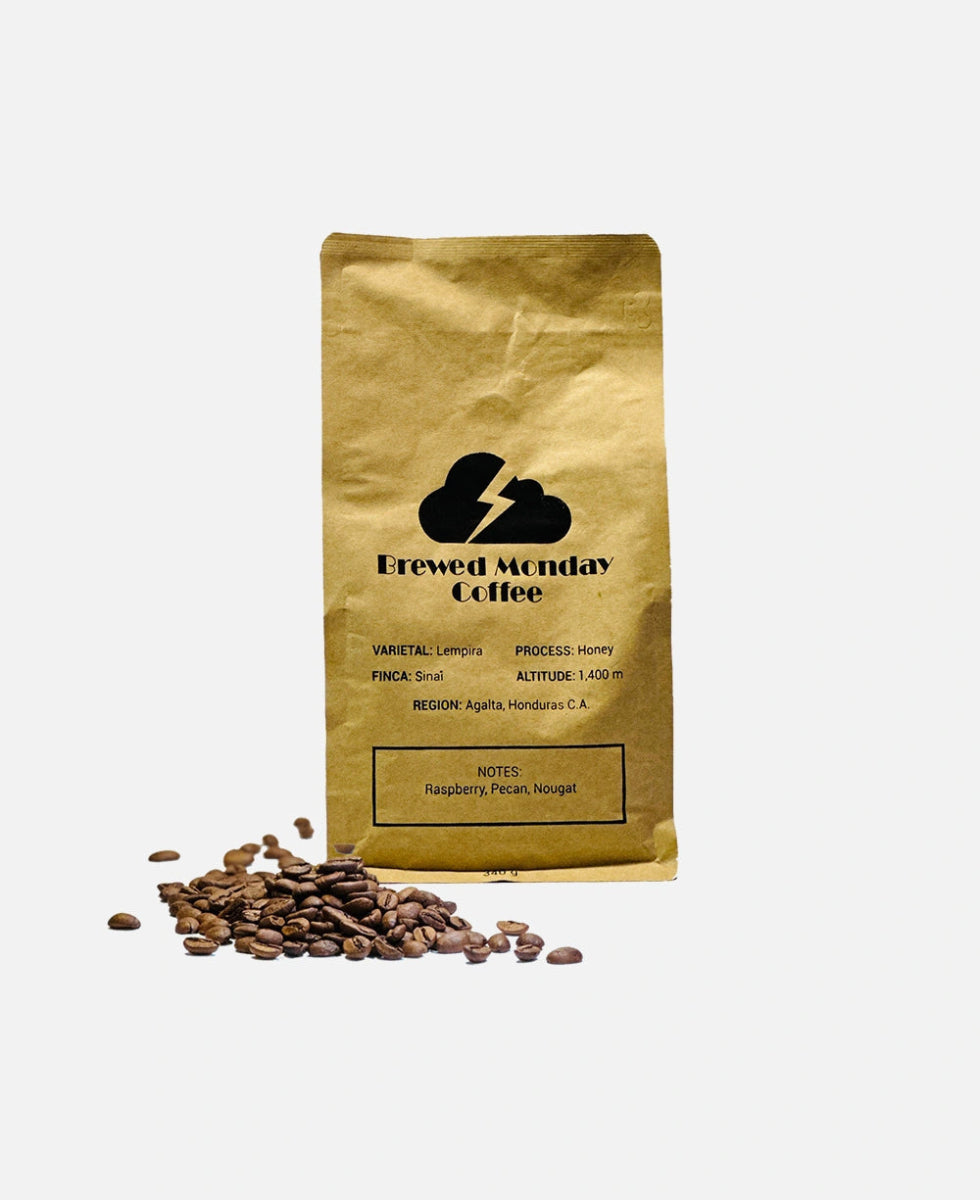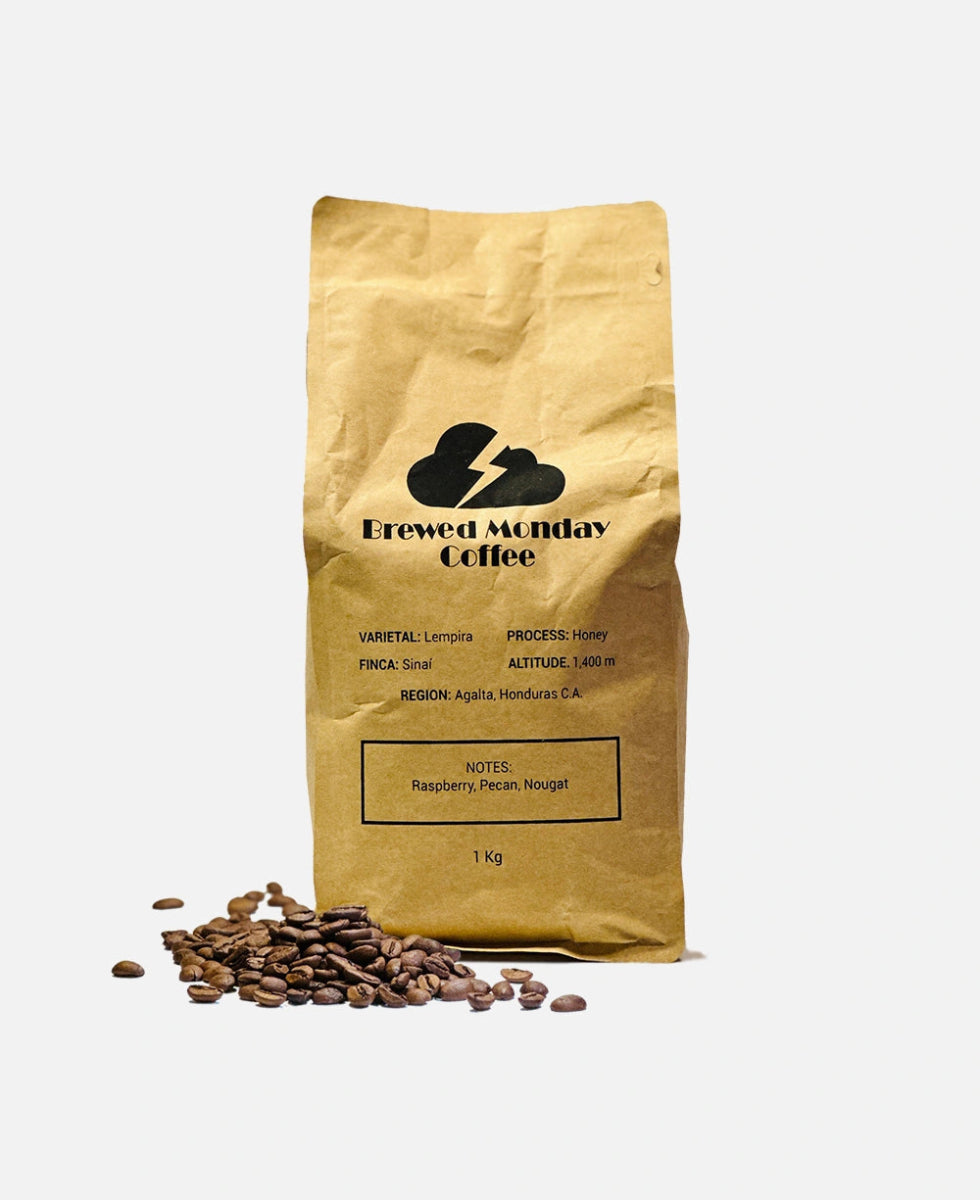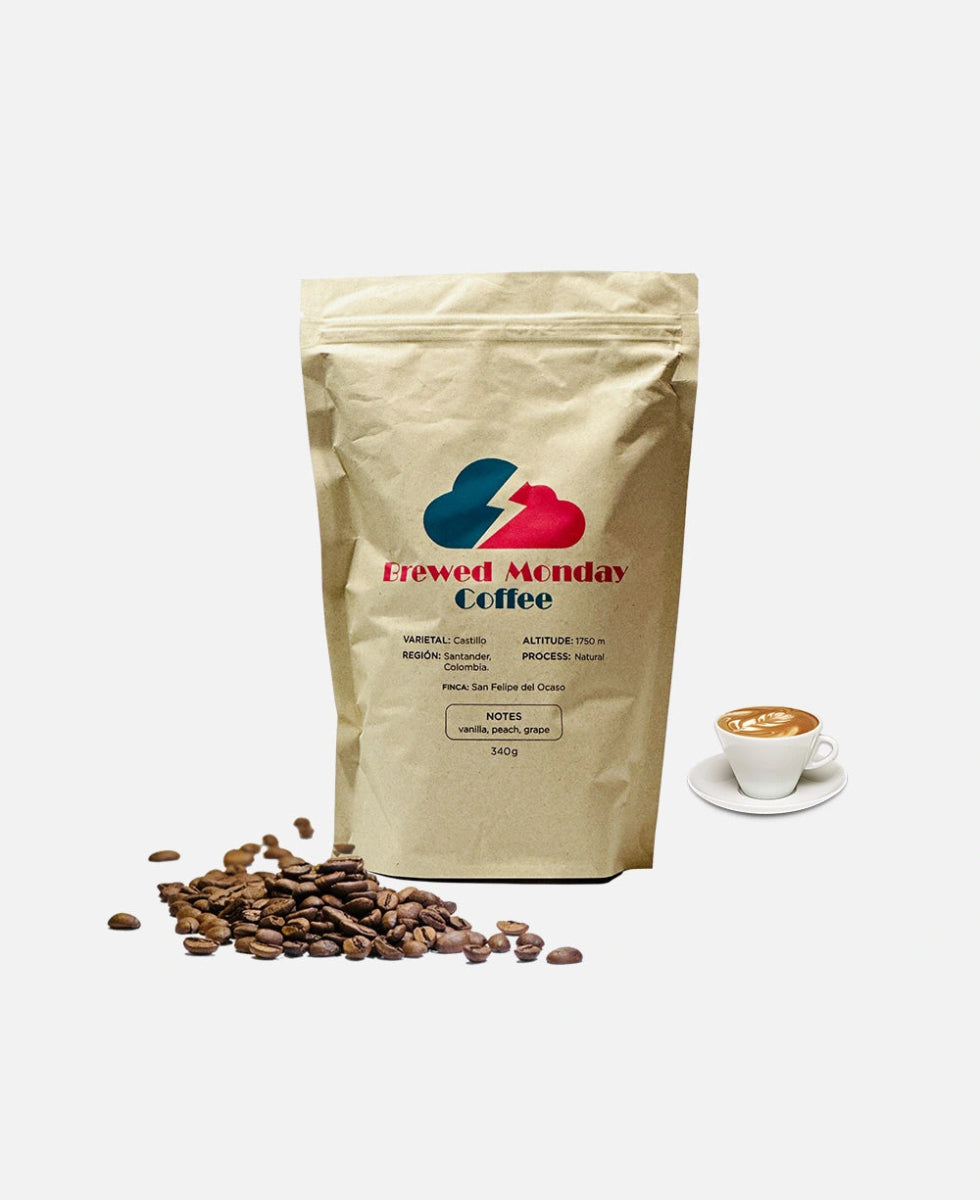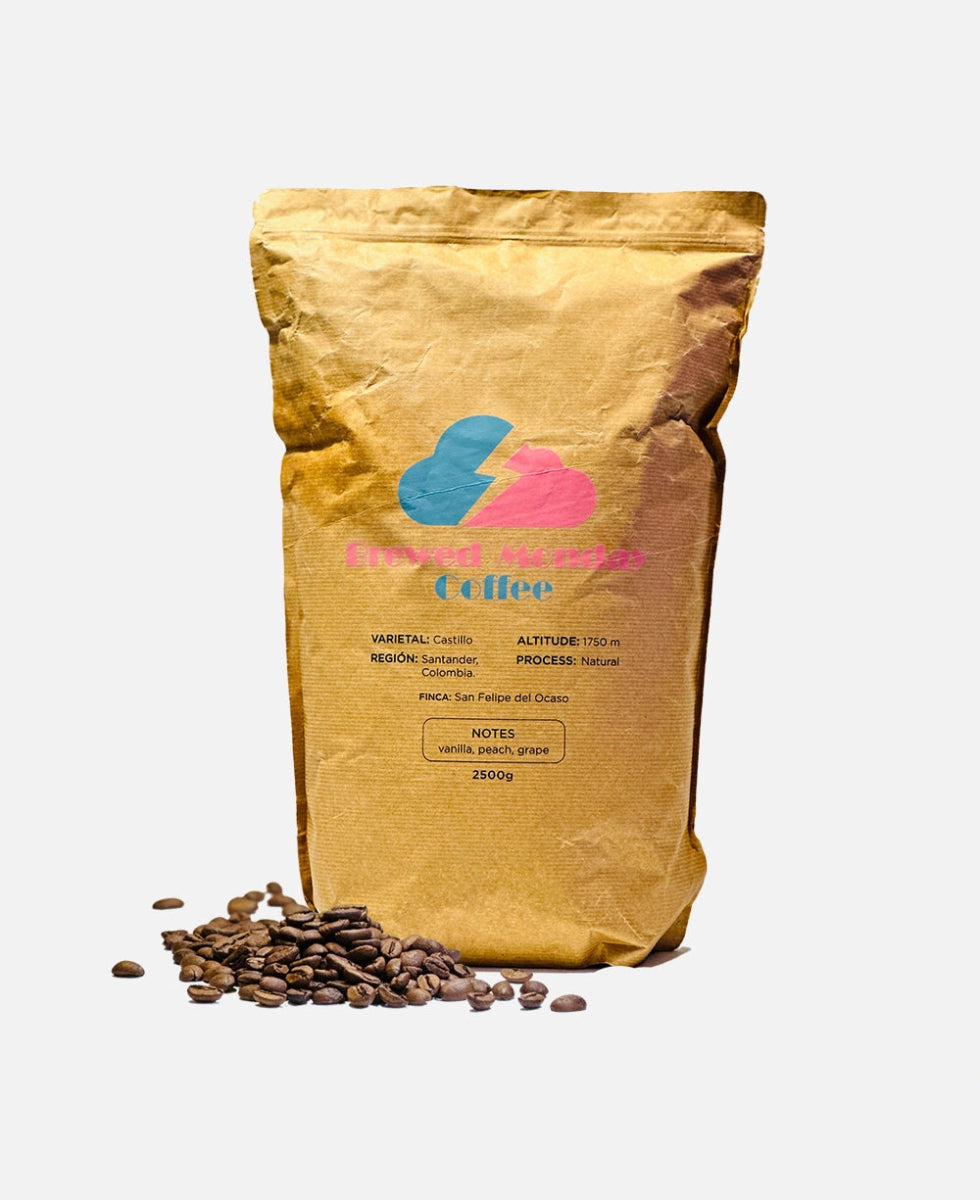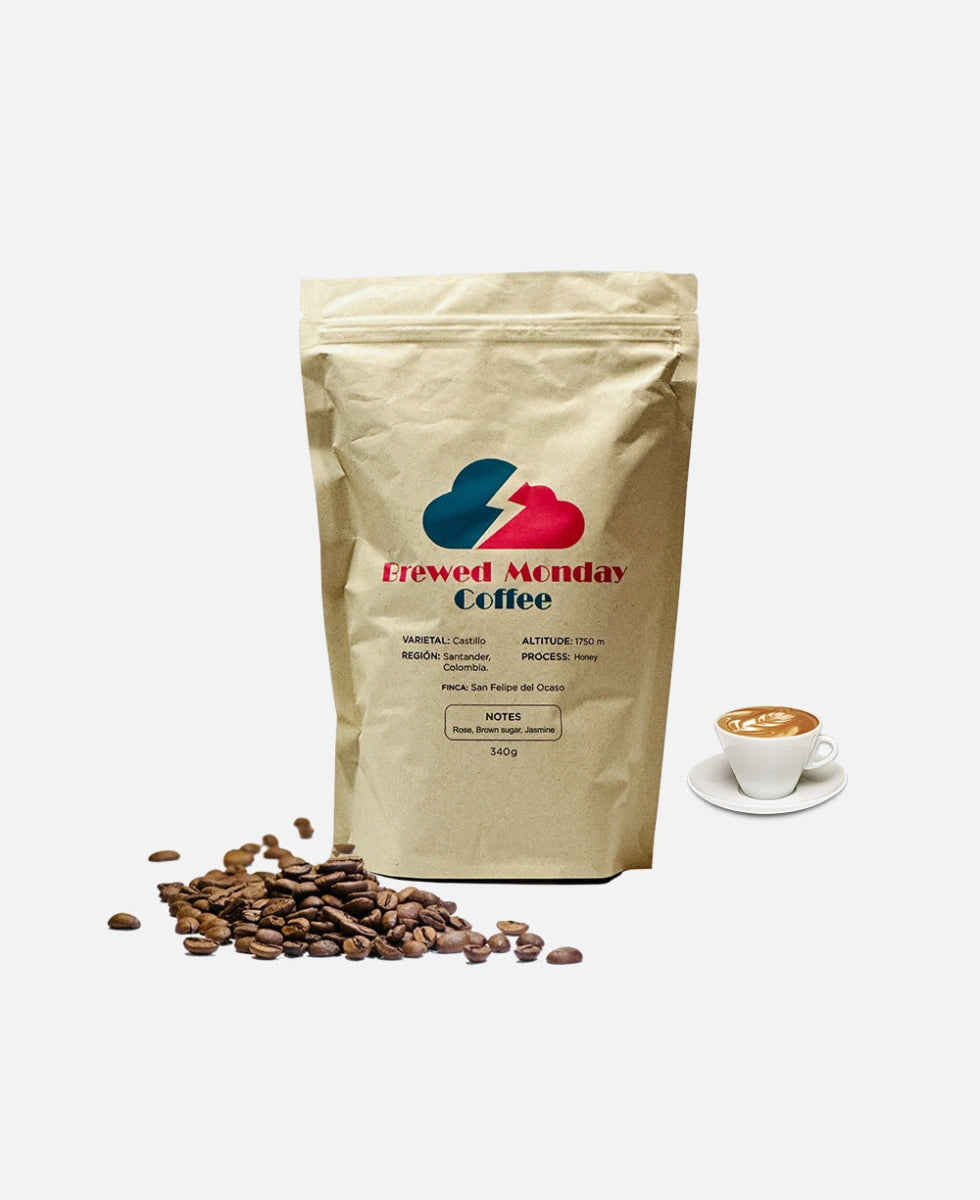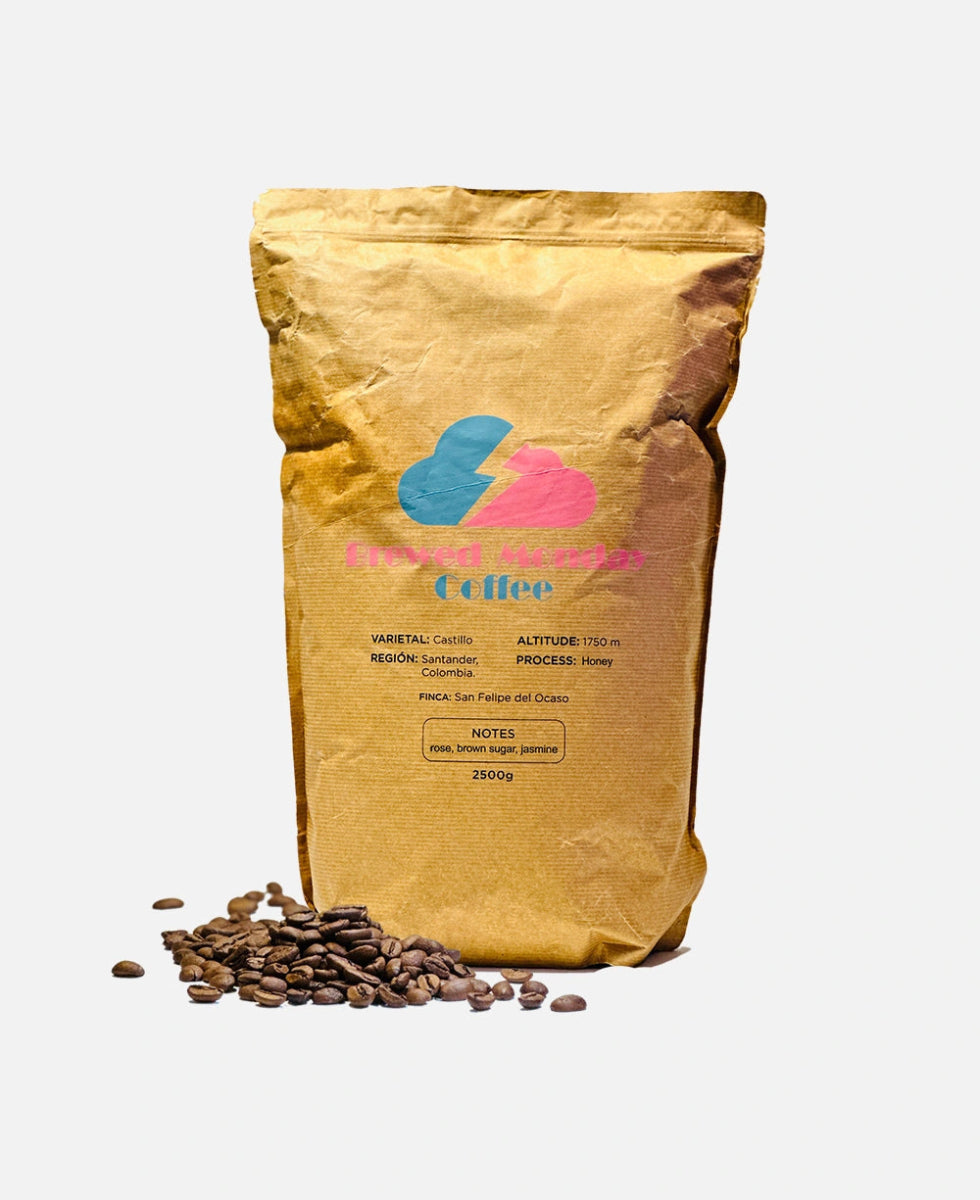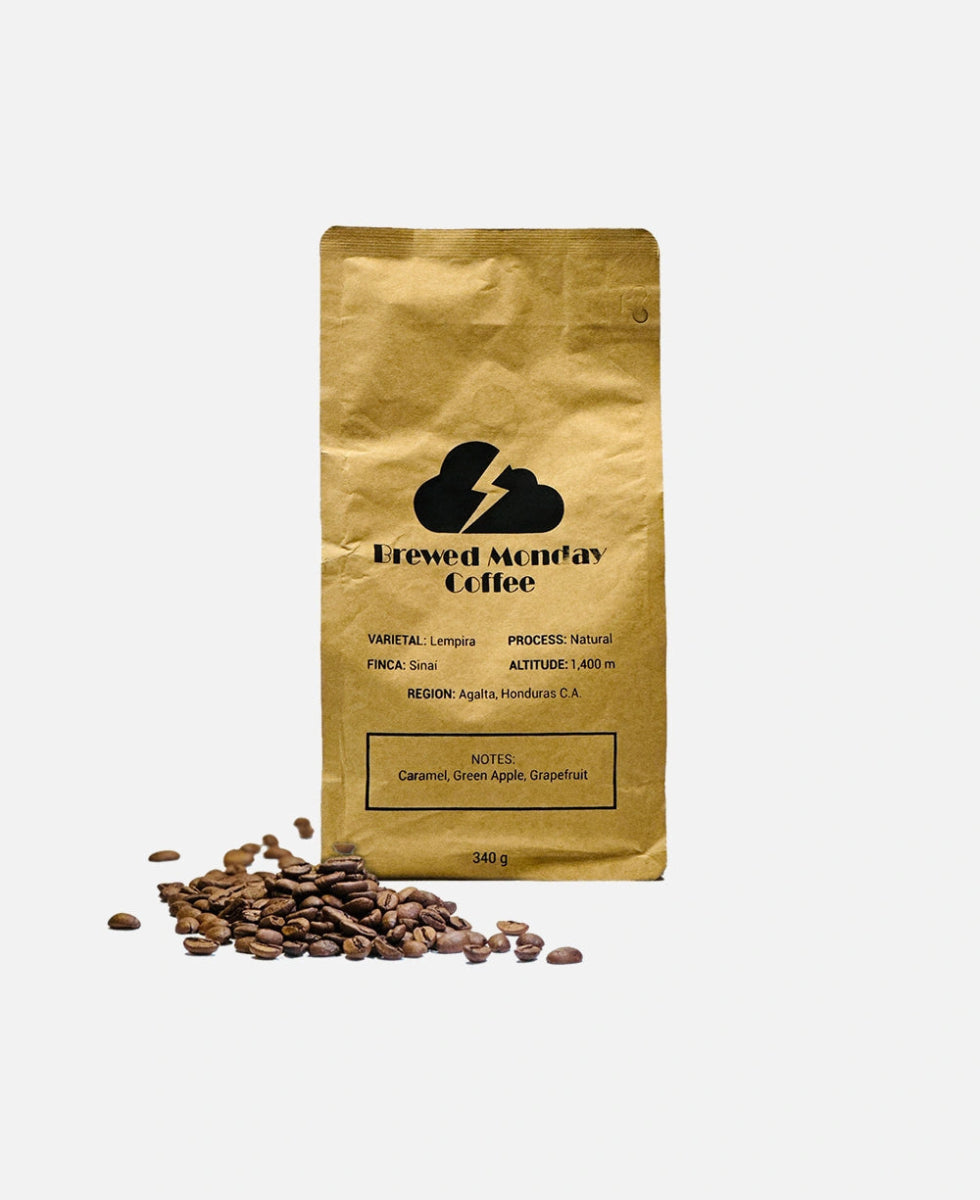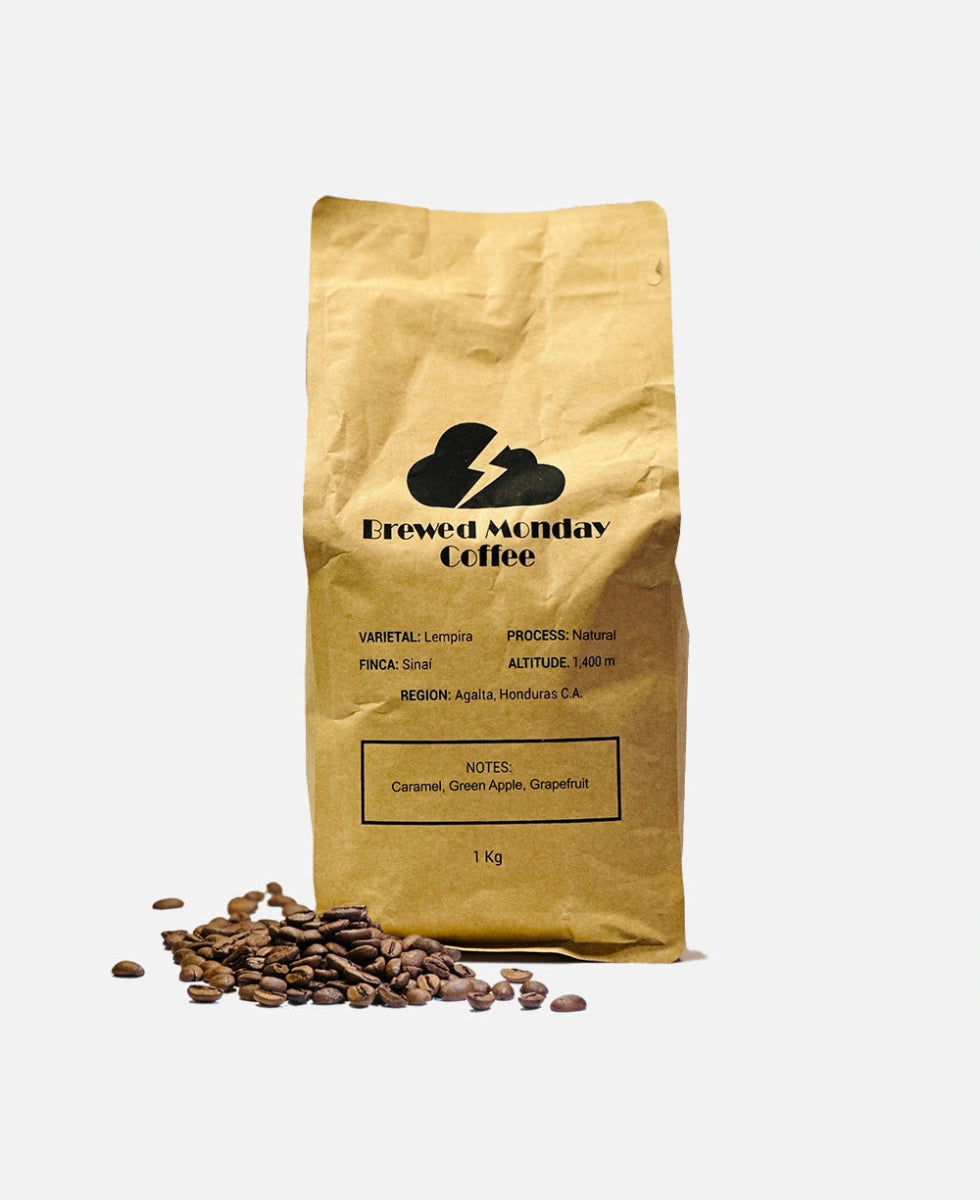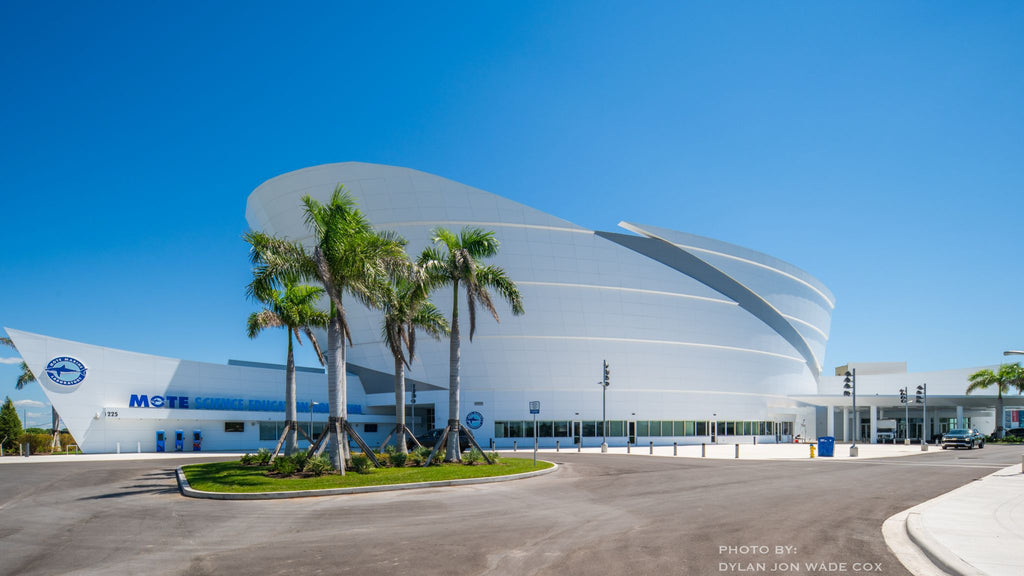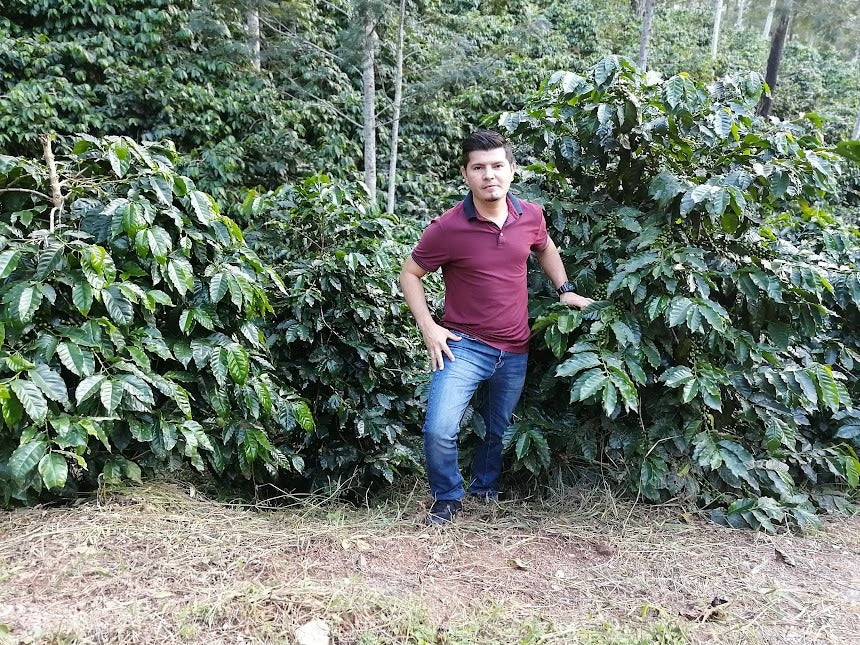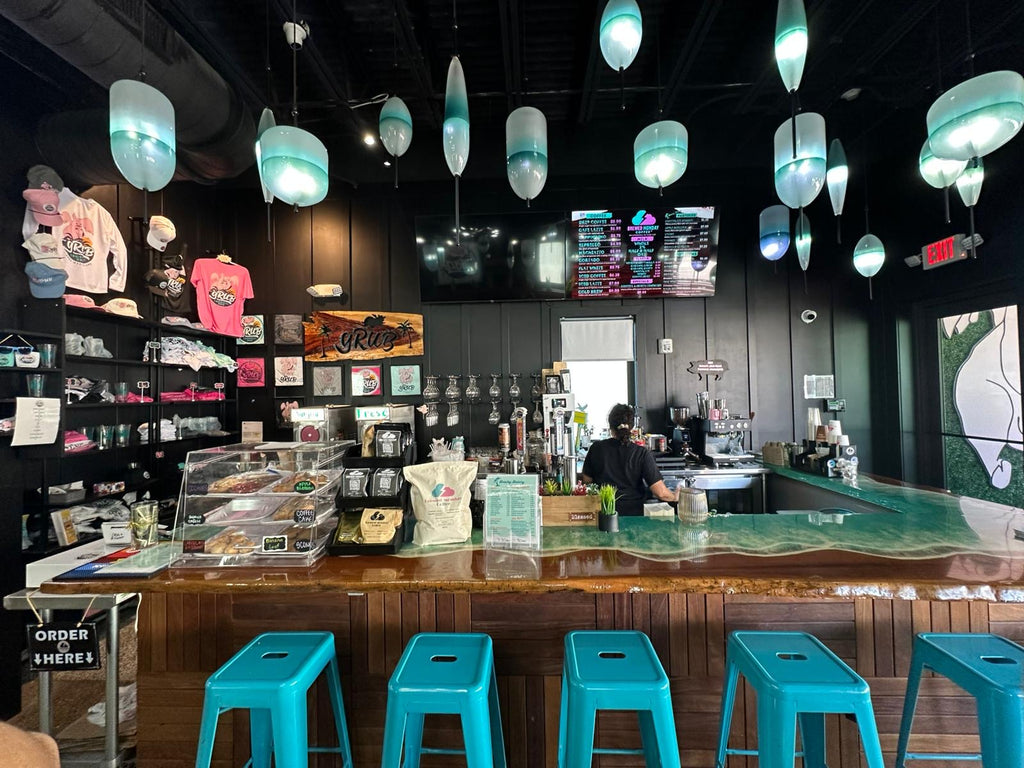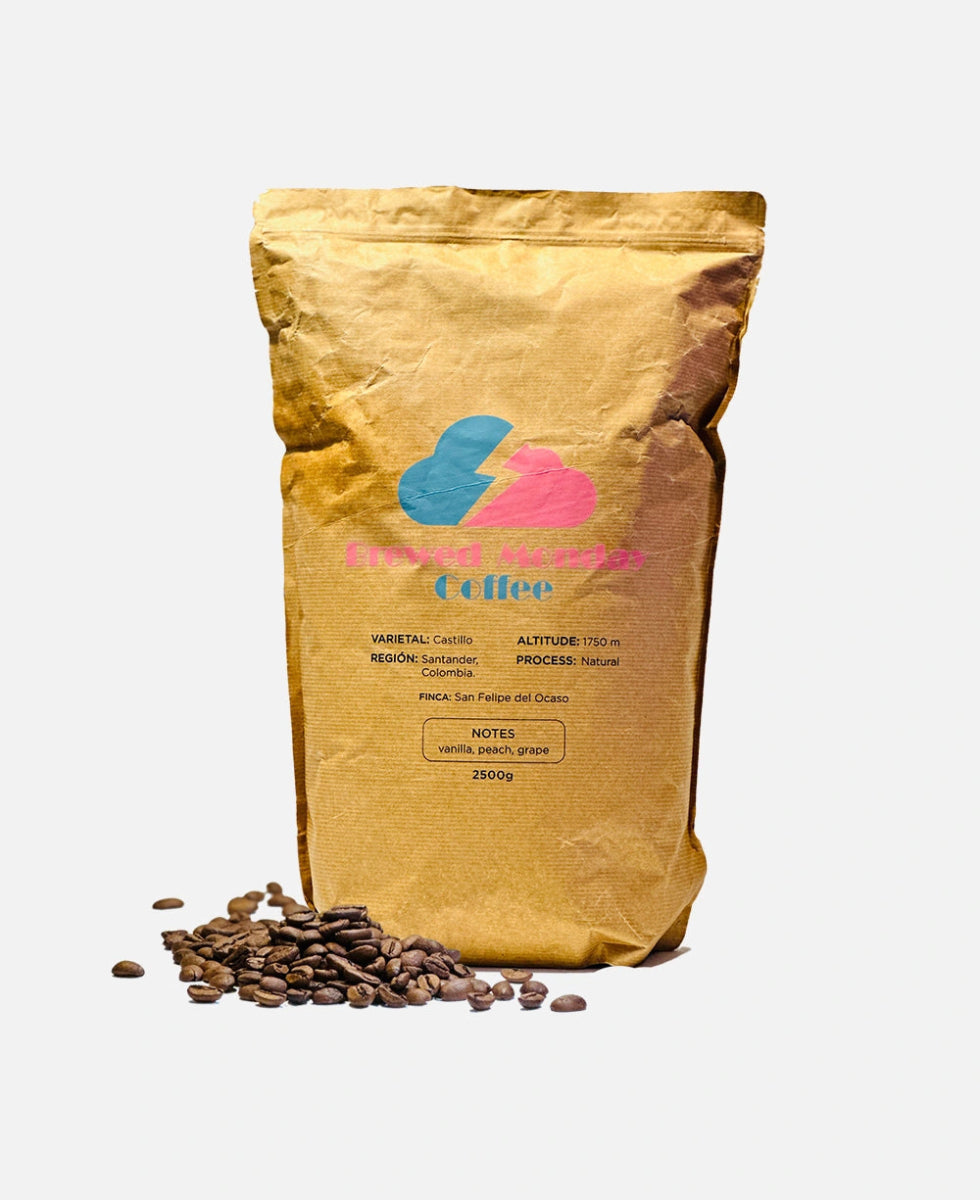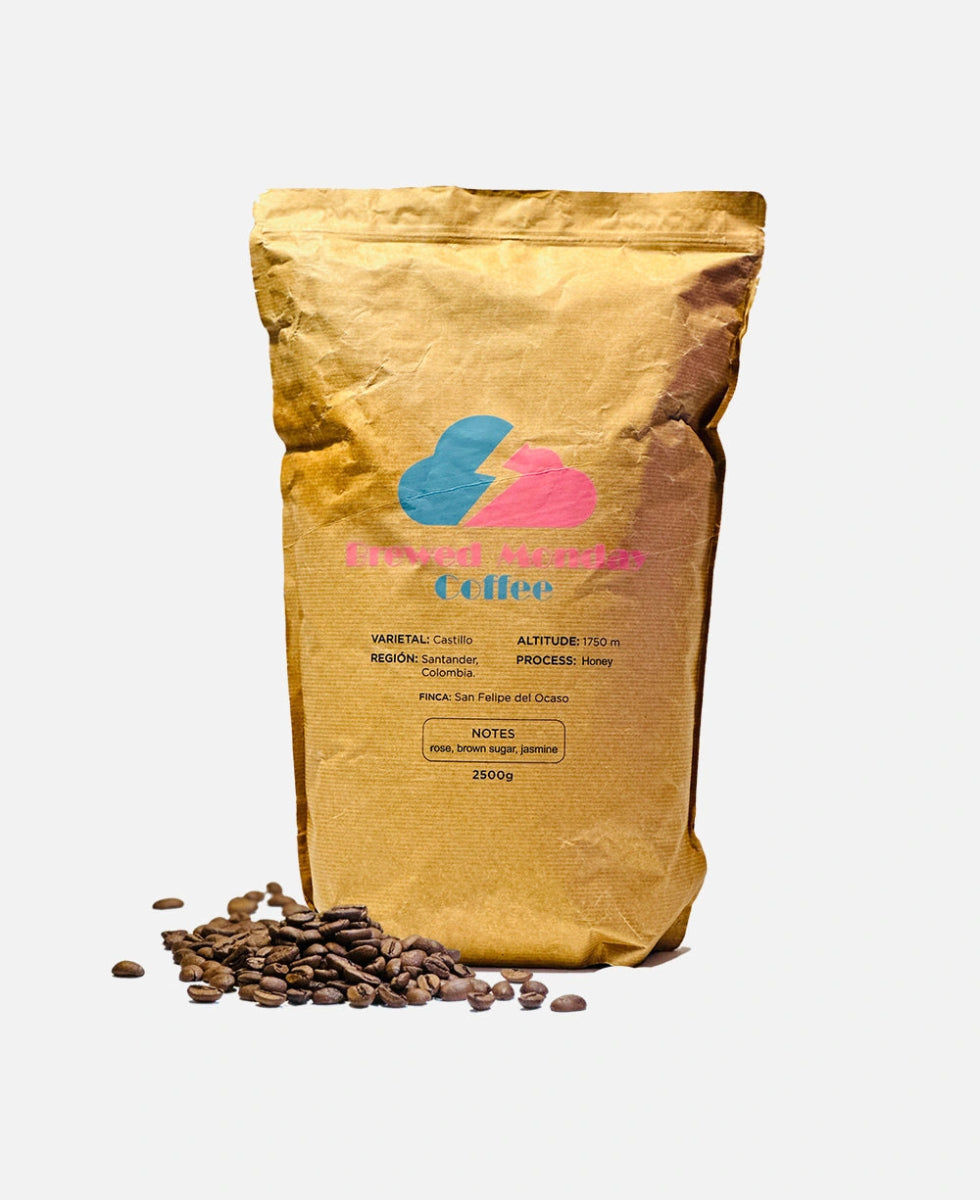
Mastering the Art of Roasting: A Guide to Becoming a Coffee Roaster Extraordinaire

Whether you're an aspiring coffee connoisseur or a seasoned brewer looking to elevate your skills, this guide will take you on a journey through the various stages of coffee roasting. From selecting the perfect beans to mastering the roasting process, we will provide you with expert tips and tricks that will help you unlock the true potential of each bean.
Join us as we explore the science behind roasting, experiment with different roast profiles, and discover the secrets to achieving that perfect cup of coffee. With our step-by-step instructions and insider knowledge, you'll soon be able to roast beans to perfection, creating unique and delicious flavors that will impress even the most discerning coffee lovers.
Get ready to embark on a coffee roasting adventure like no other – let's dive in and master the art of roasting together!
The importance of coffee roasting
Coffee roasting is a crucial step in the coffee production process that transforms the green coffee beans into the aromatic and flavorful beans we know and love. It is during the roasting process that the beans develop their distinct taste profiles, with factors such as temperature, time, and airflow playing a vital role in determining the final flavor.
Roasting coffee beans also brings out the natural oils and sugars present in the beans, giving them their characteristic aroma and taste. Without proper roasting, the beans would lack the depth and complexity that make a great cup of coffee.
Roasting coffee is an art as much as it is a science. It requires a deep understanding of the beans' characteristics and a keen sense of timing and temperature control. Roasters must make numerous decisions throughout the process, such as when to apply more heat, when to reduce it, and when to end the roast. These decisions, while seemingly minute, can significantly impact the final product's flavor, body, and acidity.
Moreover, each type of coffee bean requires a specific roast to bring out its best qualities. For instance, a light roast may highlight a bean's delicate floral notes, while a dark roast may enhance its chocolatey richness. Therefore, the roaster's skill in manipulating the roast profile can elevate the coffee from ordinary to exceptional. Ultimately, the importance of coffee roasting lies in its ability to unlock the full potential of the coffee bean, transforming it into a beverage that delights the senses and fuels daily life.
Coffee roasting methods
There are several methods of roasting coffee beans, each with its own unique characteristics and outcomes. The most common methods include drum roasting, air roasting, and fluid bed roasting.
Drum roasting involves placing the coffee beans in a rotating drum and subjecting them to direct heat. This method provides even heat distribution, allowing for more control over the roasting process. Air roasting, on the other hand, utilizes hot air to roast the beans, resulting in a cleaner and brighter flavor profile. Fluid bed roasting is similar to air roasting but uses a stream of hot air to suspend the beans, resulting in a faster and more uniform roast.
Each of these roasting methods requires a different level of skill and understanding. Drum roasting, one of the oldest methods, requires a keen eye and experience to judge the color changes and listen for the 'cracks' of the beans, indicating different stages of the roast. Air roasting, meanwhile, provides a more automated process with precise control over temperature and roast times. It's favored for its ability to produce a very uniform roast and accentuate the unique flavors of the bean. Fluid bed roasting, often used in home roasting appliances, also offers a high degree of control and consistency.
However, no matter the method, the goal of roasting is to highlight the best characteristics of the coffee beans. The choice of roasting method often depends on the desired flavor profile, the type of coffee bean, and the roaster's personal preference. Ultimately, the art of coffee roasting lies in understanding how to manipulate heat and time to bring out the inherent qualities of each unique batch of beans.
Understanding coffee beans and their characteristics
To become a coffee roaster extraordinaire, it is essential to have a deep understanding of coffee beans and their characteristics. Coffee beans come from different regions around the world, each with its own unique flavor profiles. Factors such as altitude, soil composition, and climate all contribute to the taste of the beans.
There are two main types of coffee beans: Arabica and Robusta. Arabica beans are known for their delicate flavor and acidity, while Robusta beans are more robust and have a higher caffeine content. Roasters must consider these differences when selecting beans and determining the roast profile.
In addition to the type of bean, the characteristics of coffee beans also heavily depend on the processing method used after harvesting. There are three primary methods: washed (or wet), natural (or dry), and honey (or semi-washed). In the washed process, the fruit (cherry) is removed from the beans before they are dried, which tends to result in a clean taste and pronounced acidity. The natural process, on the other hand, involves drying the beans with the cherry still intact, often leading to a sweeter, fruitier profile. The honey process is a hybrid of the two, where some of the fruit is left on the bean during drying, creating a balance of sweetness and acidity.
Moreover, the roast level significantly impacts the flavor of the coffee. Light roasts preserve more of the original characteristics of the bean, exhibiting brighter acidity and more complex flavor notes. Dark roasts, conversely, have a stronger, bolder flavor, with less acidity and more pronounced bitterness. The roaster's job is to manipulate these variables to bring out the best in each coffee bean, creating a final product that is both enjoyable and reflective of its origins.
Choosing the right equipment for coffee roasting
Investing in the right equipment is crucial for achieving consistent and high-quality roasts. There are various types of coffee roasters available, ranging from small home roasters to commercial-scale machines. The choice of equipment will depend on factors such as the desired batch size, budget, and level of control.
Key features to consider when choosing a coffee roaster include temperature control, airflow management, and the ability to monitor and record roast profiles. It is also important to invest in quality bean storage containers and a grinder to ensure the freshness and flavor of the roasted beans.
The coffee roasting process step by step
Now that you have a basic understanding of coffee beans and the importance of roasting, let's dive into the coffee roasting process itself. The following steps will guide you through the journey of turning green coffee beans into perfectly roasted ones:
- Green Bean Evaluation: Before roasting, it is essential to evaluate the quality and characteristics of the green coffee beans. Look for defects, such as mold or insect damage, and consider factors such as moisture content and bean size.
- Preheating: Preheat your roaster to the desired temperature, ensuring that it is clean and free from any residue from previous roasts.
- Loading the Beans: Carefully add the desired amount of green coffee beans to the roaster, making sure not to overload it. The beans need space to expand and release moisture during the roasting process.
- Roasting: Start the roasting process, monitoring the temperature and time. The roast profile will depend on the desired flavor and roast level. Keep an eye on the beans, listening for the distinct crackling sounds that indicate different stages of the roast.
- Cooling: Once the desired roast level is reached, quickly cool the beans to halt the roasting process. This can be done by transferring them to a cooling tray or using a forced air cooling method.
The impact of altitude and climate on coffee bean production
Altitude plays a significant role in coffee bean production. Generally, coffee plants thrive at high altitudes in tropical climates along the equator, between the Tropics of Cancer and Capricorn. The higher the altitude, the slower the coffee cherries ripen; this extended maturation process allows for the development of richer flavors and a higher concentration of sugars, which contribute to the overall sweetness and acidity of the coffee. High-altitude coffee is often associated with crisp acidity, complex flavor profiles, and a smooth body.
Climate, too, has a profound impact on coffee production. Coffee plants require a very specific set of climatic conditions to thrive. They need a consistent temperature between 60°F and 70°F, significant annual rainfall (around 60 inches), and a dry period for the beans to ripen. Any significant changes in temperature, rainfall, or humidity can affect the health of the coffee plants and the quality of the beans. For instance, too much rain can lead to diseases like coffee rust, while too little can stunt growth and decrease yield. Furthermore, changes in climate conditions can also affect the flavor profile of the coffee, with beans grown in different climates exhibiting distinct characteristics.
Achieving different roast levels and flavors
One of the joys of coffee roasting is the ability to experiment with different roast levels and flavors. Each roast level brings out different characteristics in the beans, from the bright and acidic flavors of a light roast to the rich and chocolatey notes of a dark roast.
To achieve different roast levels, it is important to control the temperature and time during the roasting process. Light roasts require lower temperatures and shorter roast times, while dark roasts require higher temperatures and longer roast times. By experimenting with different profiles, you can unlock a world of flavor possibilities.
The mastery of temperature and time control in coffee roasting opens up a spectrum of flavors, offering an exciting playground for coffee enthusiasts and professionals alike. For instance, a medium roast, which falls between a light and dark roast, often delivers a balance of flavor, acidity, and body. It's achieved by roasting the beans to a temperature between 410°F and 430°F, just until the beans begin to crack for the second time. This roast level brings out the inherent flavors of the beans while introducing some of the roasty notes associated with darker roasts.
Furthermore, coffee roasting is not just about achieving a specific roast level; it's also about exploring the myriad of flavors that can be coaxed from the beans. By adjusting the roast profile - the temperature curve a roast follows - roasters can highlight certain flavors, mute others, and even develop new ones. For example, a slow start with a rapid finish might emphasize a bean's fruity notes, while a fast start with a slow finish might enhance its body and sweetness.
Ultimately, coffee roasting is a journey of discovery - each batch of beans holds the potential for a unique flavor experience. By experimenting with different roast levels and profiles, you can uncover these hidden flavors and bring them to life in your cup of coffee.
Storing and packaging roasted coffee beans
Packaging plays a significant role in preserving the quality of roasted coffee beans. The ideal packaging material should be able to protect the beans from environmental factors such as light, air, and moisture, which can degrade the beans' quality and flavor. One common solution is to use foil-lined bags with one-way valves. These bags allow the natural gases emitted by the beans to escape while preventing outside air from entering.
When it comes to storing your packaged coffee, it's important to consider the shelf life. Roasted coffee beans start to lose their freshness after about two weeks, even when stored under ideal conditions. Therefore, it's advisable to buy coffee in smaller quantities, enough to last one to two weeks.
Lastly, it's worth noting that the way you store your coffee can significantly impact its flavor. For instance, storing coffee near spices or flavored foods can cause it to take on those flavors. To avoid this, store your coffee in a dedicated space away from strong odors.
Tips and tricks for successful coffee roasting
Becoming a coffee roaster extraordinaire takes practice and experience. Here are some tips and tricks to help you along the way:
-
Keep detailed records of your roast profiles, noting the temperature, time, and desired outcomes. This will help you replicate successful roasts and make adjustments for future batches.
-
Experiment with different coffee bean blends and origins to discover unique flavor combinations.
-
Pay attention to the crackling sounds during the roasting process. The first crack indicates the beginning of the development stage, while the second crack signals the start of the dark roast stage.
-
Embrace the art of cupping, a method of tasting and evaluating coffee. This will help you develop your palate and refine your roasting techniques.
The history of coffee roasting and its evolution over time
The history of coffee roasting is as rich and flavorful as the beverage itself. The art of roasting coffee beans began in the 15th century in the Arabian Peninsula, where the coffee plant was discovered. Originally, the green beans were merely boiled to create a crude coffee brew. However, people soon realized that roasting these beans unveiled a deeper, more complex flavor profile. The earliest method of roasting involved a simple pan over an open fire, a far cry from the sophisticated machinery we use today. This pan-roasting method was labor-intensive, requiring constant attention and stirring to ensure even roasting.
From these humble beginnings, coffee roasting has evolved into an intricate process with a focus on precision and consistency. By the 19th century, the industrial revolution brought about significant changes in coffee roasting. New inventions such as the spherical roaster and later the drum roaster allowed for larger batches and more control over the roast. Fast forward to the 20th century, and we see the rise of specialty coffee and artisan roasters, who emphasize quality over quantity. These modern roasters utilize state-of-the-art equipment to manipulate heat and airflow, achieving precise control over the roast profile. This evolution in coffee roasting technology allows us to unlock the full potential of the coffee bean, creating a wide array of flavors that cater to every palate.
Conclusion and next steps in your coffee roasting journey
Congratulations! You've now mastered the art of roasting and are well on your way to becoming a coffee roaster extraordinaire. Remember, coffee roasting is a continuous learning process, so don't be afraid to experiment, make mistakes, and refine your techniques.
To further enhance your skills, consider joining coffee roasting workshops and connecting with other passionate roasters. Stay curious, keep exploring different coffee beans, and most importantly, enjoy the journey of creating exceptional cups of coffee. Happy roasting!

